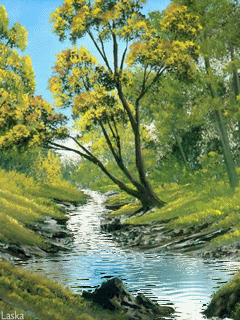Population

The population of Mongolian is
2.600.000 (official estimate 2005), out of which 45% are nomadic herdsmen. Most
of Mongolia’s large land is very scarsely populated. The average population
density is 1.5 per square kilometer, making the country one of the scarsest
populated nations in the world. In the southern Gobi it is as scarce as 0.3
square kilometer.
Although this small population of Mongolia is scattered across the vast steppe,
the urbanization rate is high. During the last two decades, migration from the
rural areas has accelerated, with the proportion of the population living in
urban areas rising to 54%. More than a quarter of the entire population lives
in Ulaanbaatar.
The population is homogeneous, with Mongol-speaking people constituting 95% of
the total. The only substantial non-Mongola group, representing over 5% of the
population, is the Kazaks, a Turkish-speaking people dwelling in the far West.
A Chinese minority lives in Ulaanbaatar. Mongolians can be subdivided into more
thaqn 20 different ethic groups, which are scattered across the country. These
groups can be distinguished by their individual customs, histories and
dialects.
The largest ethnic group is Khalkha, which accounts for over 75% of the total
population mainly live in central, eastern and southern Mongolia. 
The Oirats are a group of ethnic western Mongolians, which includes smaller
groups, Durvud, Torgud, Bayad, Uuld, Zakhchin, Myangad, and Uriankhai. Since
the early history of Mongolian Oirat people have resided around Siberia’s Lake
Biakal, the Sayan Mountain Ranges in Northern Mongolia and forested area within
the Altai Mountain Range. The name Oirat translates as forest people. After the
fall of the Mongol empire in the 14th century, Oirat became an independent
state, known as Dzhungarian Kingdom. It covered western Mongolia and the
eastern Chinese steppe and only became part of the Mongolian Republic during
the Manchurian conquest in the 1600’s.
Northern Mongolian ethnic groups include the darkhat, Tsaatan, and Khotgoid.
They inhabit the dense forests of Huvsgul lake area, near the Russian border.
The Buryat are the only group who originates from the vast eastern steppe.

STELLATOUR LLC
13th khoroo,Songinokhairkhan district,
Ulaanbaatar, MONGOLIA
TEL: (976) + 55156773, (976)+98225662
Email: stella_tour@hotmail.com
All material ©copyright
2010







